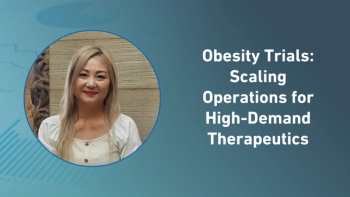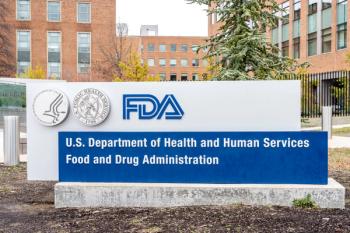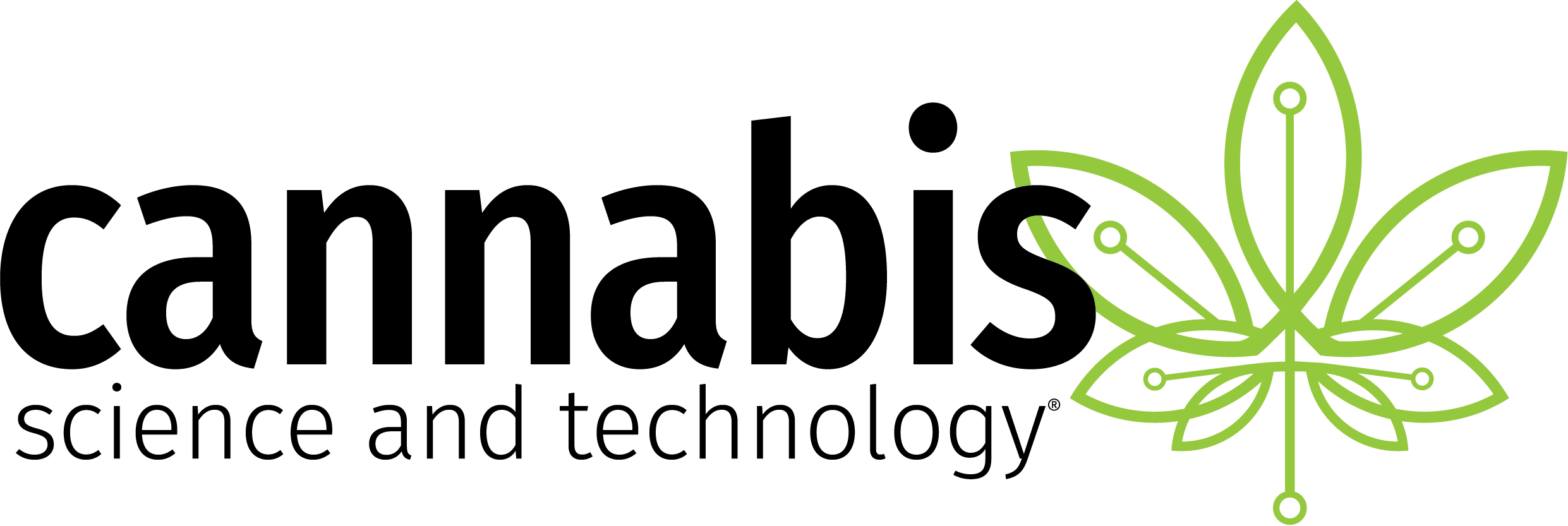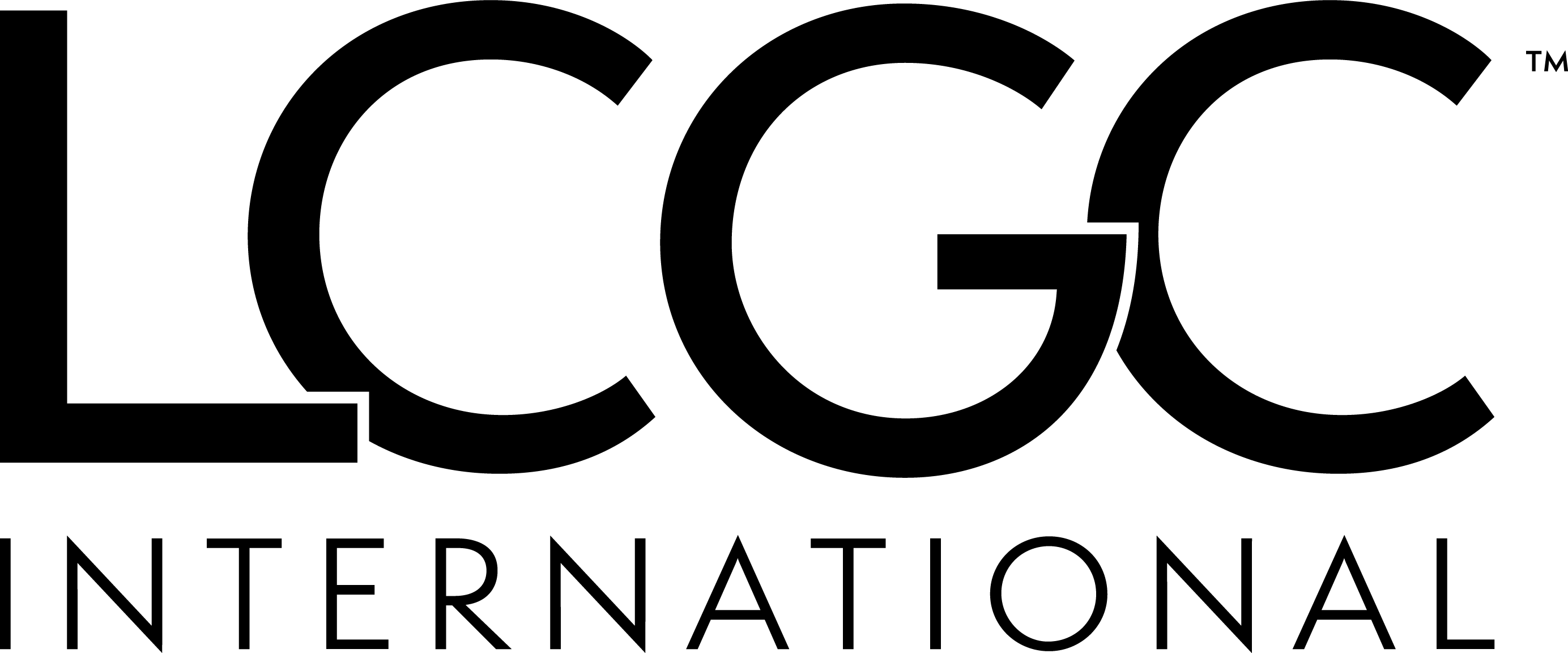
Some Drug Studies More Likely to Have Favorable Conclusions
Financial ties and concordance between results and conclusions in meta-analyses: retrospective cohort BMJ Online First Editorial: Influence of pharmaceutical funding on the conclusions of meta-analyses BMJ Online First
November 16, 2007-Previous work has shown that, when a drug study was funded by the company that made that drug, the results might be biased in favor of that drug because the methods or analyses were manipulated.
New research published on bmj.com today shows that, for blood pressure drugs, studies are now much less likely to have biased results but still tend to have overly positive conclusions favoring the company’s products.
Meta-analyses represent the highest level of research evidence in the hierarchy of study types. They pool data from multiple studies to provide summary statistics on the effectiveness of a given treatment. They have a great deal of influence on patient care and health care policy and drug companies have started to reference meta-analyses in their advertisements.
Previous studies have shown that randomized controlled trials with financial ties to single drug companies are more likely to have results and conclusions that favour the sponsor’s products, and a recent study suggests that the same holds true for meta-analyses. So researchers in the US set out to determine whether financial ties with single drug companies are associated with favourable results or conclusions in meta-analyses on blood pressure lowering (antihypertensive) therapies.
A total of 124 meta-analyses were included in the study, 49 (40%) of which had single drug company financial ties. Differences in study design and quality were measured. Meta-analyses with single drug company financial ties were not associated with favorable results but were significantly more likely to have favorable conclusions, even when differences in study quality were taken into account.
In fact, the data show that studies funded by a single drug company have a 55% rate of favorable results that is transformed into a 92% rate for favorable conclusions, representing a 37% gap. The gap shrinks to 21% (57% to 79%) when two or more drug companies provide support. Yet the gap vanishes entirely for studies done by non-profit institutions alone or even in conjunction with drug companies.
These findings suggest a disconnect between the data that underlie the results and the interpretation or “spin” of these data that constitutes the conclusions, say the authors. The findings also expose a failure of peer review, add the authors, and should act as a wake-up call to editors and peer reviewers, as well as to policy-makers, meta-analysts, and readers. All of these groups should closely scrutinize the conclusions of meta-analyses to ensure that they contain an unbiased interpretation of results, they conclude.
Newsletter
Stay current in clinical research with Applied Clinical Trials, providing expert insights, regulatory updates, and practical strategies for successful clinical trial design and execution.





.png)



.png)



.png)
.png)
